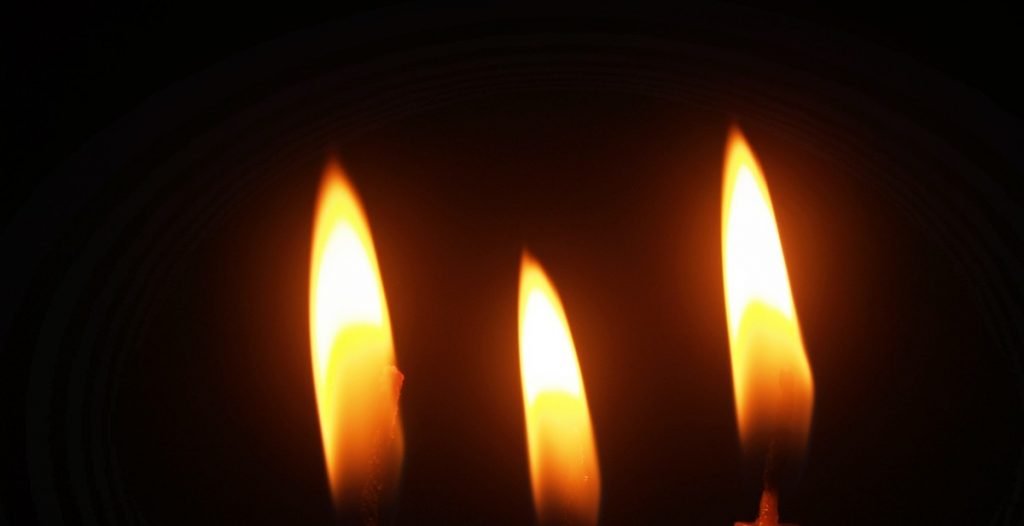Understanding the different types of candle wicks and how to choose the right one
When it comes to making candles, choosing the right wick is essential. The wick is responsible for carrying the melted wax up to the flame, creating a consistent burn and ensuring that the candle lasts as long as possible. With so many different types of wicks available, it can be overwhelming to know which one to choose.
Types of Candle Wicks
Cotton wicks are the most common type of wick and are suitable for most types of candles. They come in various sizes and are ideal for natural waxes such as soy or beeswax. However, if you are using a paraffin wax, you may need a wick with a core made of paper or zinc to help the candle burn correctly.
Another type of wick is a wooden wick. These are becoming increasingly popular in candle-making as they provide a unique crackling sound when burned. They are best suited for larger candles and require a larger melt pool.
Choosing the Right Wick
Choosing the right wick depends on several factors, such as the size and shape of the candle, the type of wax used, and the desired burn time. A wick that is too small will result in a weak flame and poor burn, while a wick that is too large can cause the candle to burn too quickly and produce smoke.
It is essential to test different wick sizes and types before making a final decision. By doing so, you can ensure that your candle burns evenly and lasts as long as possible.

What is a Candle Wick?
A candle wick is a string or piece of material that is inserted into the center of a candle and used to draw the melted wax up to the flame, where it vaporizes and burns. The wick is a crucial component of any candle, as it determines how the candle will burn and how long it will last.
There are several types of wicks available, each with its own unique properties and characteristics. Choosing the right wick for your candle is important as it can affect the scent throw, burn time, and overall performance of the candle.
Types of Candle Wicks
There are four main types of candle wicks:
- Cotton Wicks: Cotton wicks are the most commonly used wicks in candles. They are made from braided cotton fibers and come in a variety of sizes. Cotton wicks are known for their clean burn, consistent flame, and low soot production. They are suitable for most candle types, including soy, beeswax, and paraffin candles.
- Wooden Wicks: Wooden wicks are becoming increasingly popular in candles. They are made from thin, flat pieces of wood that are treated with a special solution to make them burn more efficiently. Wooden wicks create a unique crackling sound when burned, which adds to the ambiance of the candle. They are best suited for soy and coconut wax candles.
- Wax-Coated Wicks: Wax-coated wicks are cotton wicks that have been coated in wax to make them more rigid and easier to work with. They are particularly useful for container candles as they help to keep the wick centered and upright. Wax-coated wicks are suitable for most candle types.
- Zinc-Core Wicks: Zinc-core wicks are cotton wicks that have a small piece of zinc in the center. The zinc helps to keep the wick upright and prevents it from falling over or drowning in the wax. Zinc-core wicks are suitable for most candle types, but are particularly useful for container candles and pillar candles.
How to Choose the Right Candle Wick
Choosing the right candle wick depends on several factors, including the type of wax used, the size and shape of the candle, and the desired burn time.
As a general rule, the wick should be approximately the same width as the diameter of the candle. A wick that is too small will not draw up enough wax to create a consistent flame, while a wick that is too large will create a flame that is too big and can cause the candle to burn too quickly.
It is also important to consider the fragrance load of the candle. Candles with a high fragrance load may require a larger wick to ensure that the scent is evenly distributed throughout the room.
Testing is an important part of choosing the right wick for your candle. Make a few test candles with different wick sizes and burn times to see which one performs best.
Conclusion
Choosing the right candle wick is essential for creating a high-quality candle that burns cleanly and evenly. Consider the type of wax, size and shape of the candle, and desired burn time when selecting a wick. Testing is also important to ensure that the wick performs as expected.

Different Types of Candle Wicks
Choosing the right candle wick is crucial to ensure that your candle burns evenly and efficiently. There are different types of candle wicks available in the market. Here are the most common types:
1. Flat Wicks
Flat wicks are the most common type of candle wicks. They are made of braided cotton and are flat in shape. They are suitable for most types of candles and are ideal for container candles. Flat wicks come in different sizes and thicknesses, and the size of the wick should be chosen based on the diameter of the candle. If the wick is too small, the candle will not burn properly, and if the wick is too large, the candle will burn too fast and produce soot.
2. Square Braided Wicks
Square braided wicks are made of braided cotton and have a square shape. They are suitable for container candles and pillar candles. The square shape of the wick provides a larger surface area for the wax to melt, which helps the candle burn evenly. Square braided wicks are available in different sizes and thicknesses, and the size of the wick should be chosen based on the diameter of the candle.
3. Round Wicks
Round wicks are made of braided cotton and have a round shape. They are suitable for container candles and pillar candles. Round wicks come in different sizes and thicknesses, and the size of the wick should be chosen based on the diameter of the candle. Round wicks are ideal for candles that require a large flame, such as scented candles.
4. Cored Wicks
Cored wicks are made of cotton with a metal or paper core. The core provides stability to the wick and helps it stand upright in the candle. Cored wicks are suitable for container candles and pillar candles. They are available in different sizes and thicknesses, and the size of the wick should be chosen based on the diameter of the candle. Cored wicks are ideal for candles that require a large flame, such as scented candles.
| Wick Type | Shape | Suitable for | Available Sizes |
|---|---|---|---|
| Flat Wicks | Flat | Most types of candles, container candles | Various sizes and thicknesses |
| Square Braided Wicks | Square | Container candles, pillar candles | Various sizes and thicknesses |
| Round Wicks | Round | Container candles, pillar candles | Various sizes and thicknesses |
| Cored Wicks | Cotton with metal or paper core | Container candles, pillar candles | Various sizes and thicknesses |
Choosing the right candle wick is essential to ensure that your candle burns evenly and efficiently. Consider the type of candle you are making, the size of the candle, and the type of wax you are using when choosing the wick. It may take some trial and error to find the right wick for your candle, so don’t be afraid to experiment.

How to Choose the Right Candle Wick?
Choosing the right candle wick is crucial to ensure that your candles burn evenly and safely. Here are some factors to consider when selecting a candle wick:
1. Consider the Candle Wax Type and Size
The type and size of your candle wax will determine the thickness and length of the wick you need. For example, if you are using a softer wax like soy wax, you may need a thicker wick to ensure that it burns evenly. On the other hand, if you are using a harder wax like beeswax, a thinner wick may be more appropriate.
2. Determine the Desired Burn Time
The burn time of your candle is also an important factor to consider when choosing a wick. If you want your candle to burn for a longer period of time, you may need a thicker wick. However, if you want a shorter burn time, a thinner wick may be more appropriate.
3. Evaluate the Fragrance Load
If you are adding fragrance to your candle, you will need to consider the fragrance load when selecting a wick. A higher fragrance load may require a thicker wick to ensure that the candle burns evenly and doesn’t tunnel.
4. Test Your Candle Wick
Before making a final decision on your wick, it’s important to test it in your candle. Burn your candle for a few hours and observe how it burns. If the flame is too large, you may need a thinner wick. If the flame is too small or the candle is tunneling, you may need a thicker wick.
By considering these factors and testing your wick, you can ensure that your candles burn evenly and safely.



